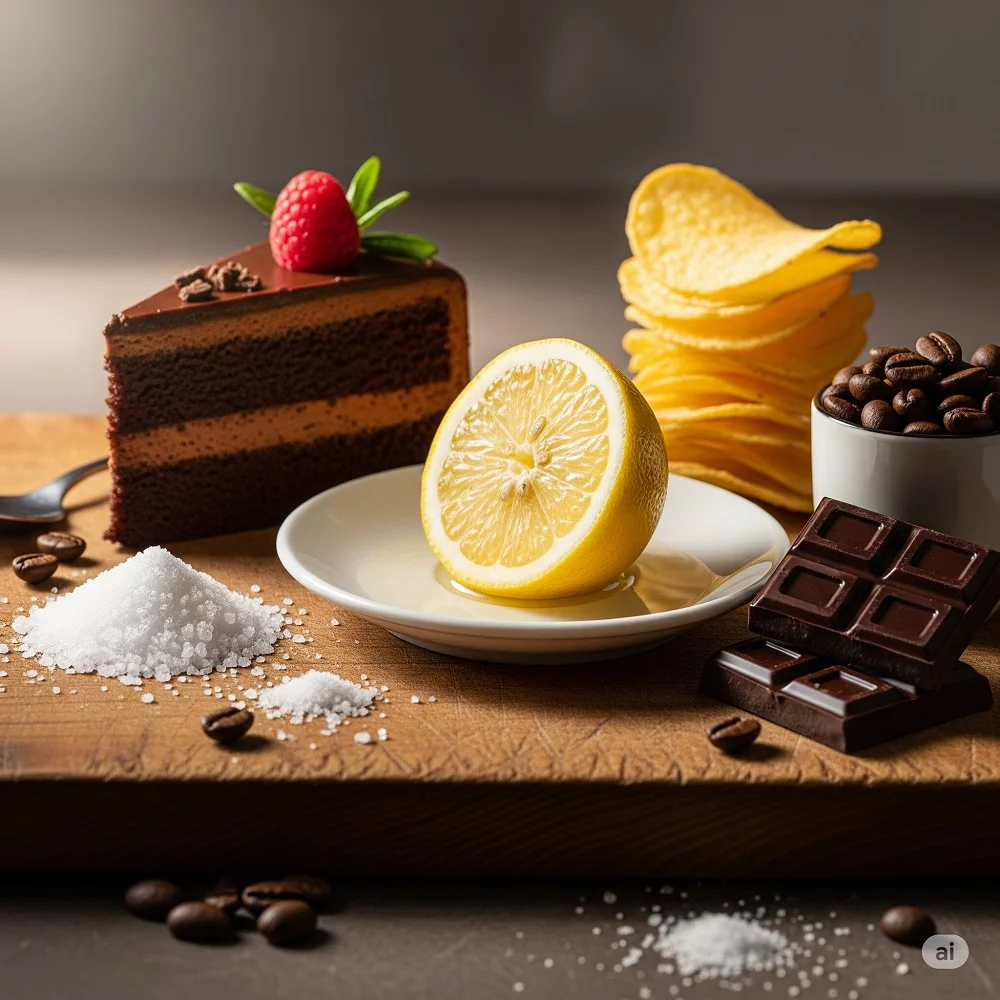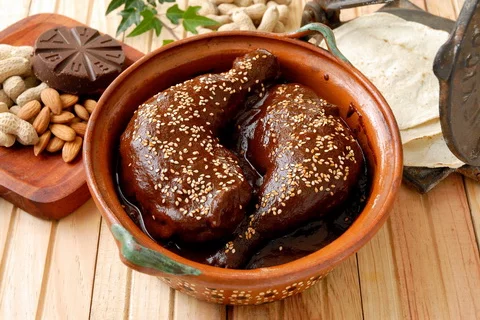Advent calendar from the Chocolate Museum
A sweet journey through time: our chocolate Advent calendar is here! Dear chocolate fans, dear lovers of the festive season, December is just around the corner, and with it comes the most wonderful tradition: the Advent calendar! This year, we're going historical and, above all, chocolatey!








